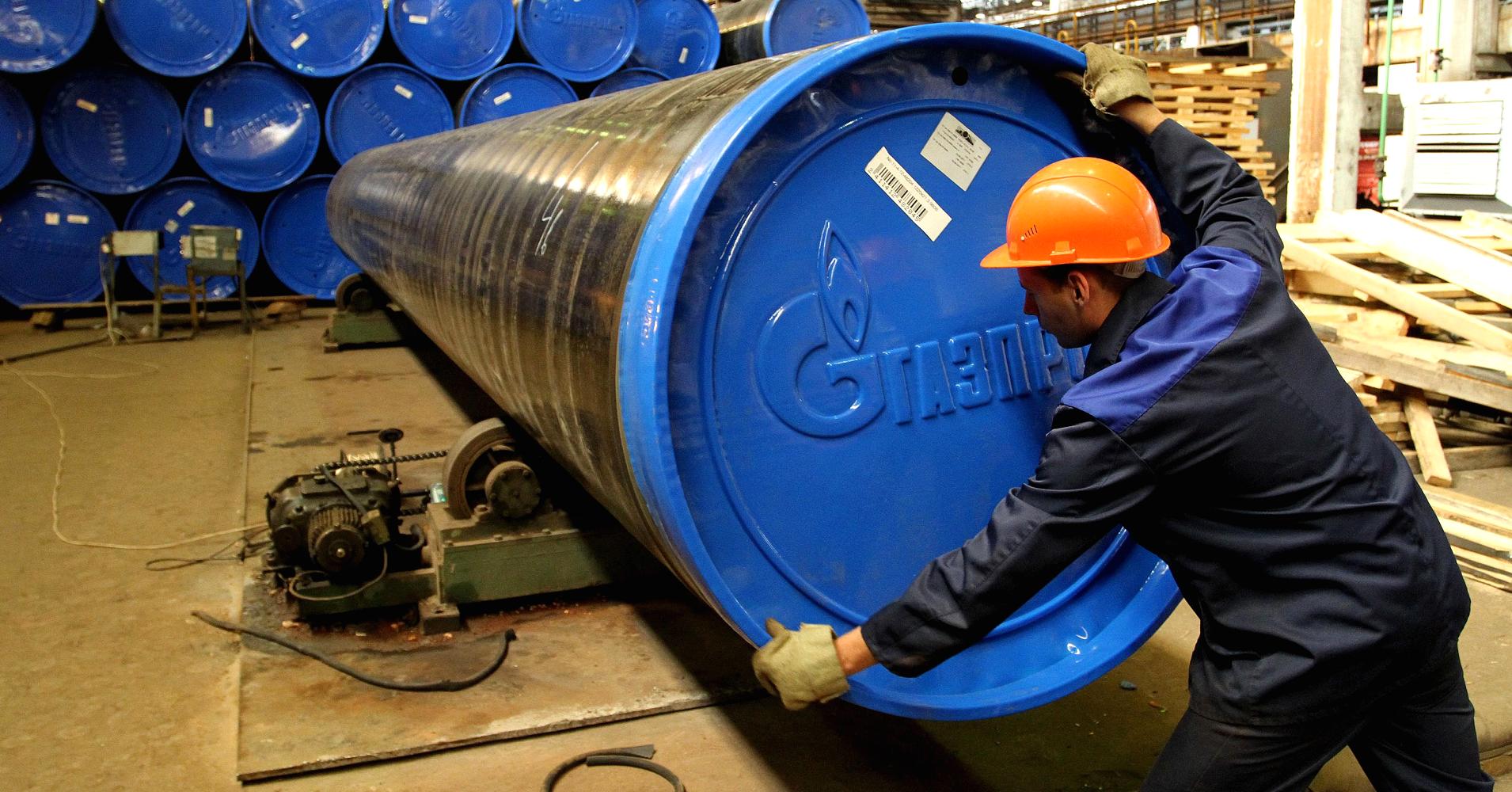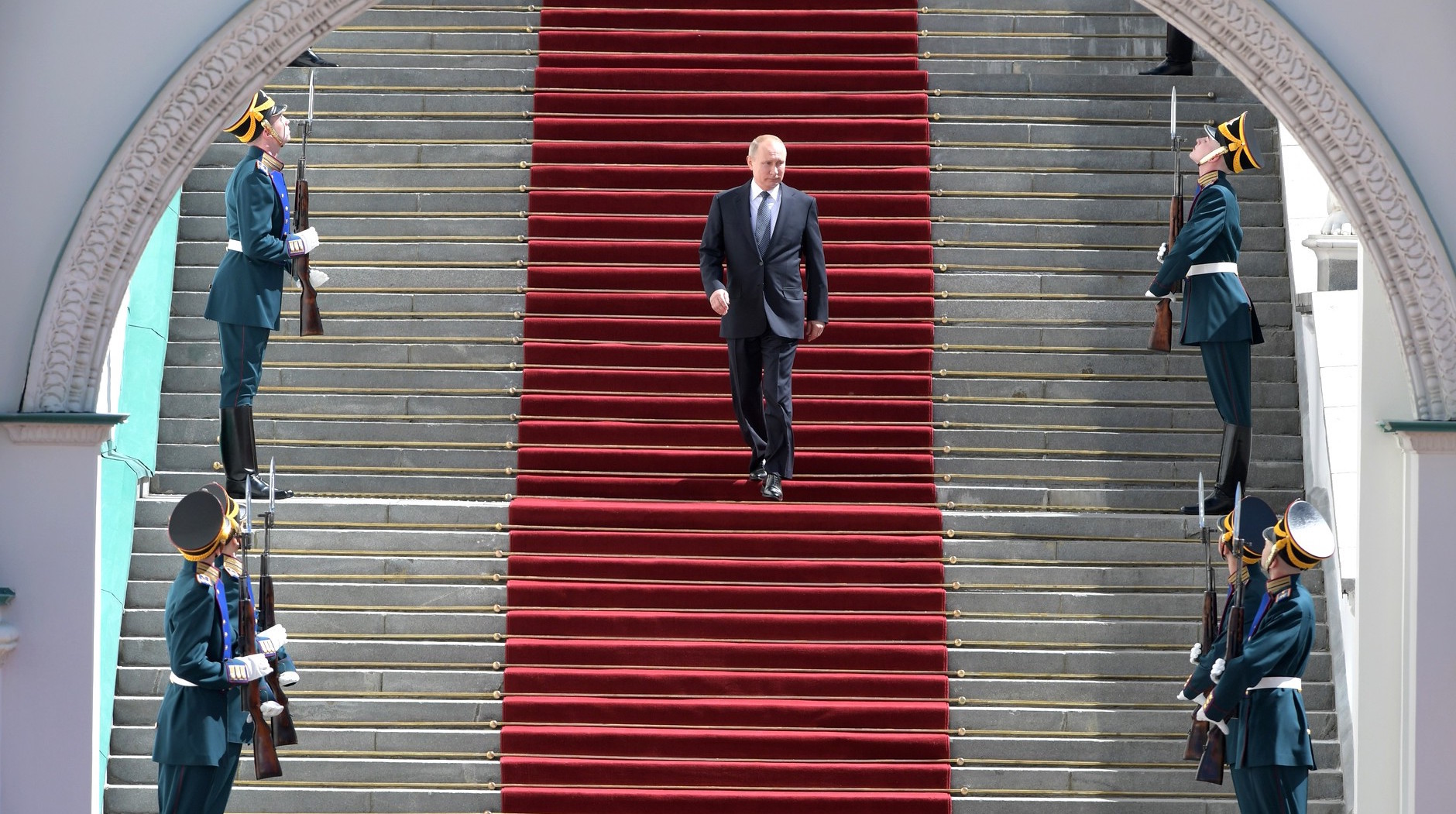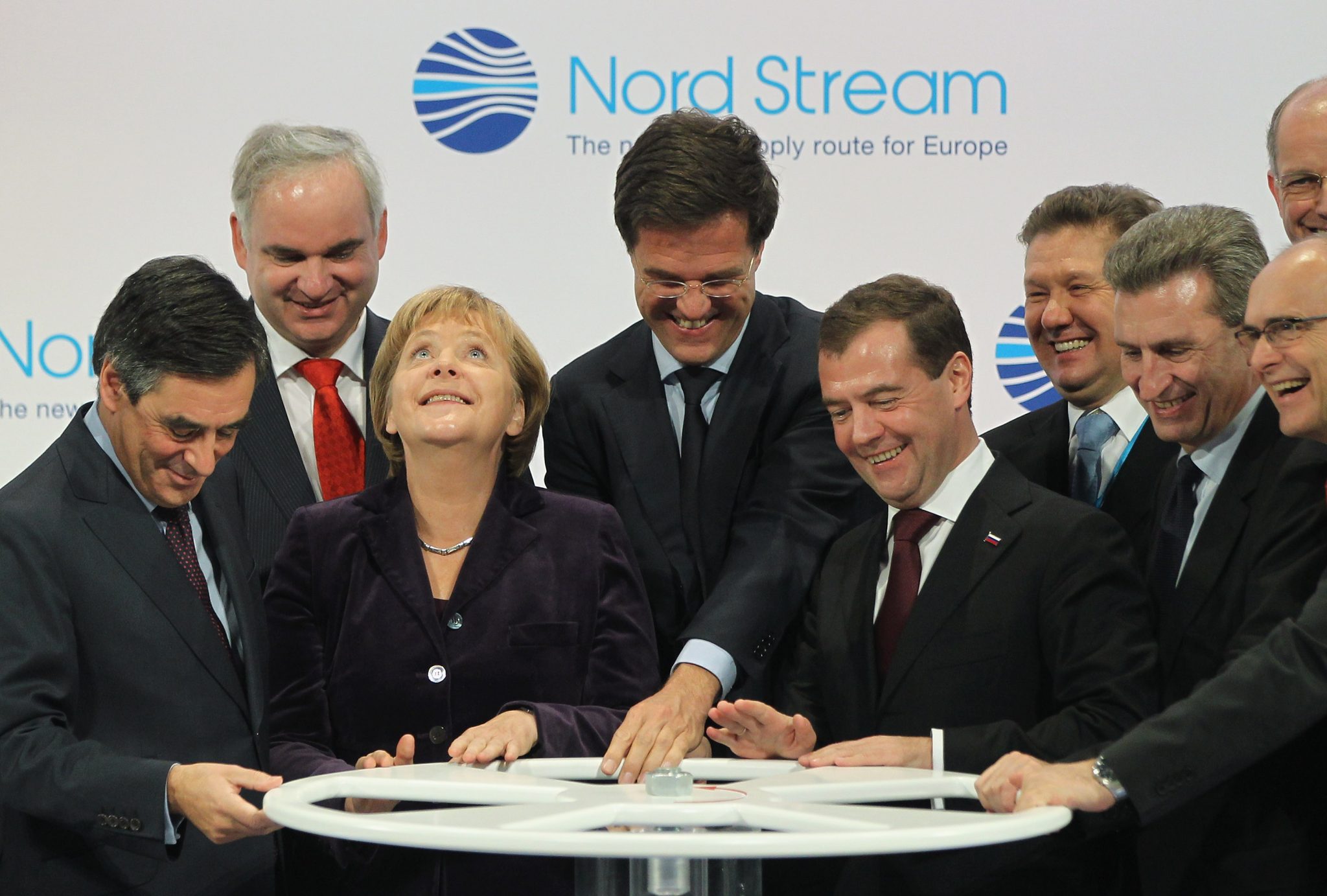
With the United States adding one of Gazprom’s biggest gas fields to its Russian sanctions blacklist, the Russian gas giant’s woes have been aggravated. The future of its numerous global pipeline projects could be in limbo.
Russia’s largest gas company Gazprom continues to face economic woes. And last Friday’s sanctions imposed by the U.S. on Gazprom’s biggest gas field Yuzhno-Kirinskoye on Sakhalin Island in the Pacific (a project known as Sakhalin-3) only exacerbate the company’s plight. The U.S. government warned against transferring technology and equipment to the Yuzhno-Kirinskoye field.
The immediate impact of such a move is already clear – it might upset the agreement between Gazprom and Royal Dutch Shell, an Anglo–Dutch multinational energy giant, which was signed during the 2015 St. Petersburg International Economic Forum. That agreement was an attempt by Gazprom to foster a strategic alliance in the gas sector, including exploration, production and sales.
In other discouraging news, recent reports from the Russian Economy Ministry give estimates thatGazprom’s production in the first half of 2015 fell by 13 percent year-on-year, and will hit only 414 billion cubic metres for the full year. This will represent the lowest output in the entire post-Soviet era, and a drop of 20 percent from a forecast made in May. Though Gazprom just announced a 71 percent rise in first-quarter profits compared to 2014, this is largely a result of the weak ruble. Analysts predict that the production decline, as well as drops in oil and gas prices, could lead to a 27 percent fall in Gazprom’s overall 2015 revenue, to $106 billion.
The causes for these bleak forecasts are varied, with some Russian experts pointing to top-level strategic failures in Gazprom’s management. They argue that Gazprom has overinvested in production and transit capacity in light of predictable declines in demand, particularly due to the shale revolution in the U.S. and slow growth in the EU. The result is that currently Gazprom has 610-615 billion cubic meters (bcm) of production capacity, a third of it unused, and has plans to continue to expand to some 670-680 bcm by 2020.
On the other hand, Gazprom has also been hit by a storm of factors outside its control. A prime example is the Ukraine conflict, which has made one of Gazprom’s bigger customers look elsewhere. Ukraine is doing everything in its power to source gas from the EU in reverse-flow schemes, and Gazprom’s share in the Ukrainian market is down sharply. |
A slowing China also took many by surprise. When Russian and Chinese officialstriumphantly announced a landmark agreement in May 2014, it was heralded as a game-changer, securing a massive new market for Gazprom. Chinese demand would be satisfied by a new pipeline (the “Power of Siberia”) and newly developed fields in Eastern Siberia.
 The deal was followed by a Memorandum on a second pipeline (the “Altai pipeline” or “Power of Siberia 2”) that would have allowed Gazprom to connect its established fields in the west with the Chinese market. Unfortunately, since then China has been on an extended downturn and there have been recent reports that PetroChina has backed out of the western plan entirely, scrapping the Altai line. Though the “Power of Siberia” will go on, this means that Gazprom cannot use existing fields in the west for Chinese supply and, thus, requires heavy investment in new eastern capacities.Finally, oversupply and sluggish demand around the world have sent the oil price into a tailspin since mid-2014. Though it recovered somewhat in May and June of this year, since July it has been falling again and the Brent benchmark is currently hitting new lows under $50. Unfortunately for Gazprom, oil-indexed prices are the traditional way it sets up gas supply contracts and these low prices will continue to hurt revenues.
The deal was followed by a Memorandum on a second pipeline (the “Altai pipeline” or “Power of Siberia 2”) that would have allowed Gazprom to connect its established fields in the west with the Chinese market. Unfortunately, since then China has been on an extended downturn and there have been recent reports that PetroChina has backed out of the western plan entirely, scrapping the Altai line. Though the “Power of Siberia” will go on, this means that Gazprom cannot use existing fields in the west for Chinese supply and, thus, requires heavy investment in new eastern capacities.Finally, oversupply and sluggish demand around the world have sent the oil price into a tailspin since mid-2014. Though it recovered somewhat in May and June of this year, since July it has been falling again and the Brent benchmark is currently hitting new lows under $50. Unfortunately for Gazprom, oil-indexed prices are the traditional way it sets up gas supply contracts and these low prices will continue to hurt revenues.
With these assorted problems weighing down Gazprom’s fortunes, what can we make of the company’s strategy going forward? It is a strategy that many see as increasingly erratic, perhaps due to the clash between the continued desire by some leaders to use pipelines and energy as tools to influence geopolitics and the economic realities that limit these projects. Since May 2014, when Gazprom and China announced their Power of Siberia pipeline and deal, we have seen the following developments:
- Gas delivery fights with Ukraine, most notably in June 2014, with Gazprom resolving to completely exclude Ukraine from transit by 2019, when the current transit contract expires;
- The November 2014 announcement of a second line to China, the reportedly now-abandoned Altai pipeline;
- The December 2014 bombshell announcement that Gazprom was abandoning the long fought-over South Stream project, and would instead build a new four-line, 63 bcm/year capacity pipeline project to Turkey (Turkish Stream);
- The January 2015 announcement that Gazprom was abandoning plans, started in 2012, to expand Nord Stream (Nord Stream II);
- A June 2015 announcement that Nord Stream II was not actually abandoned, and that Gazprom had instead signed a Memorandum of Intent to build third and fourth lines in that project with E.ON, Shell, and OMV; and
- The July 2015 announcements that Gazprom was still considering transiting gas through Ukraine after 2019, and was having ongoing difficulties with their Turkish counterparts, leaving Turkish Stream uncertain and perhaps going forward with only two lines.
Many of these projects are mutually exclusive. Given EU demand forecasts and efforts to diversify suppliers, it is likely that just one of the Russian routes above will sate their demand for the near future. This could be Nord Stream II, Turkish Stream, or existing infrastructure in Ukraine—but it is doubtful that the economics support all three.
Starting projects, even just the initial stages, costs significant amounts of money for a company with already discouraging financials. Russian sources report that Gazprom has spent $40 billion in costs on currently dead projects.
This includes things such as paying an offshore pipe-laying vessel to wait in Bulgaria for months for construction to start, buying out South Stream partners, or constructing the expensive infrastructure needed to bring gas to Russia’s Black Sea coast for the now-imperilled Turkish Stream.
Stopping transit in Ukraine past 2019 would be similarly wasteful—the route requires Gazprom to have contracts with Slovakia and Bulgaria, and those contracts last until 2028 and 2030 respectively. If Gazprom cuts Ukraine out, the company would be wasting some $800 million per year until 2028 in transit fees to those other countries.
As low oil prices and gas demand continue, economic pressures will continue in the near to mid-term for Gazprom. With this in mind, it becomes increasingly apparent that all the above projects are not feasible in the near future, and perhaps never unless substantial economic factors change.
This may have interesting geopolitical implications on Gazprom’s negotiations with its EU, Chinese, Turkish, Ukrainian, and other partners, with the most likely outcome being that economics wins out and only the most viable projects remain.
At the moment, the most viable project would appear to be the Power of Siberia deal with the Chinese, and, if Ukrainian tensions do not reignite, continued EU transit through Ukraine. If tensions do reignite, Gazprom will probably try to bypass Ukraine with a combination of Turkish and Nord Streams, but on a more limited basis.
- This article appeared first on Brussels Energy Club



